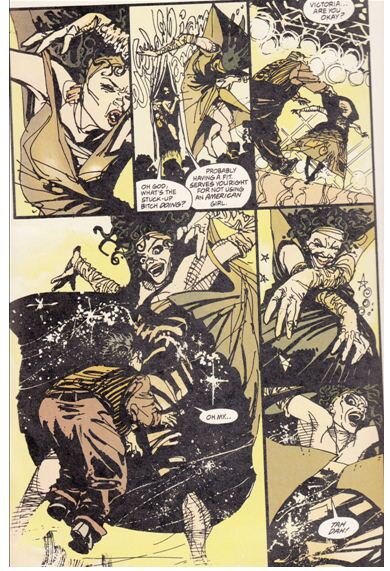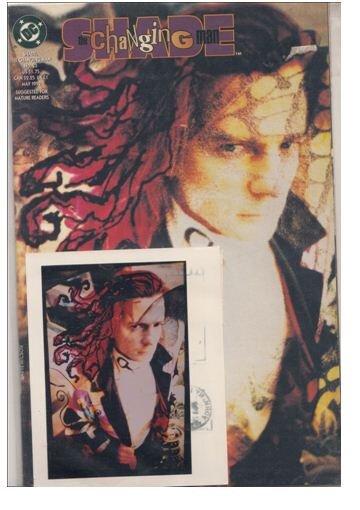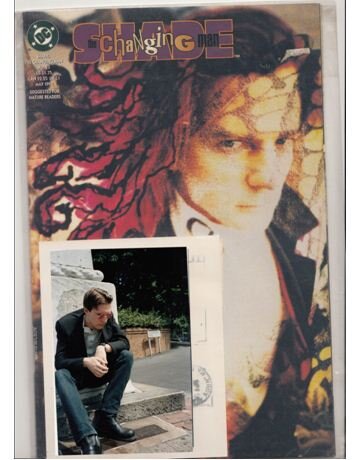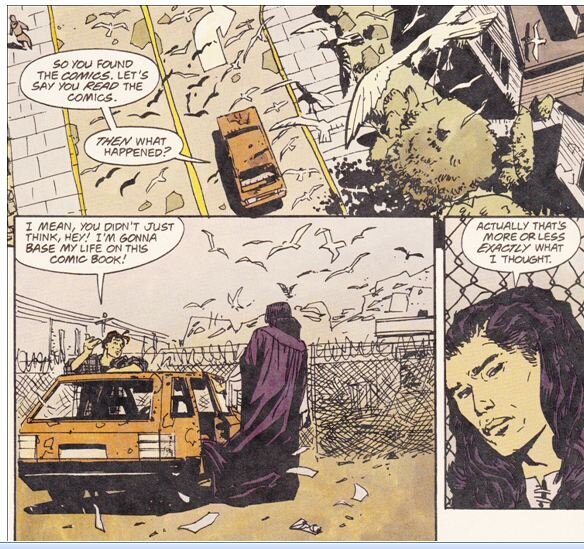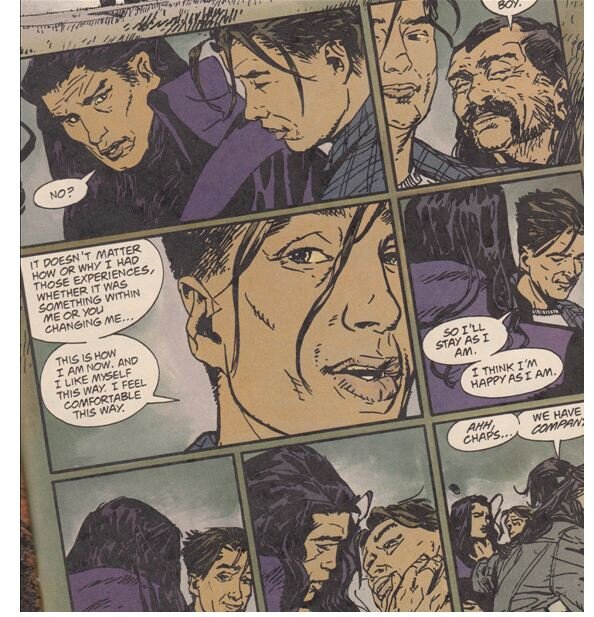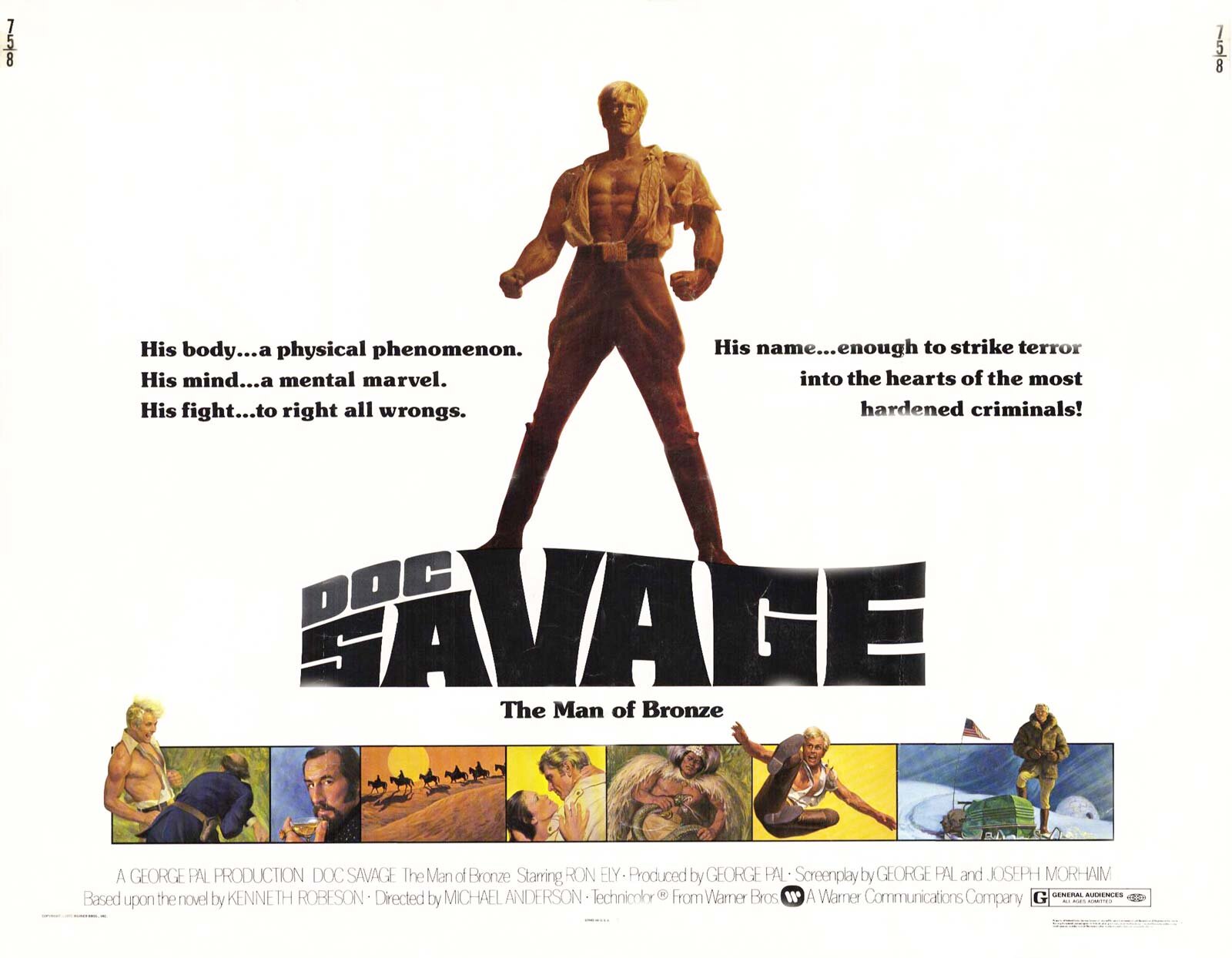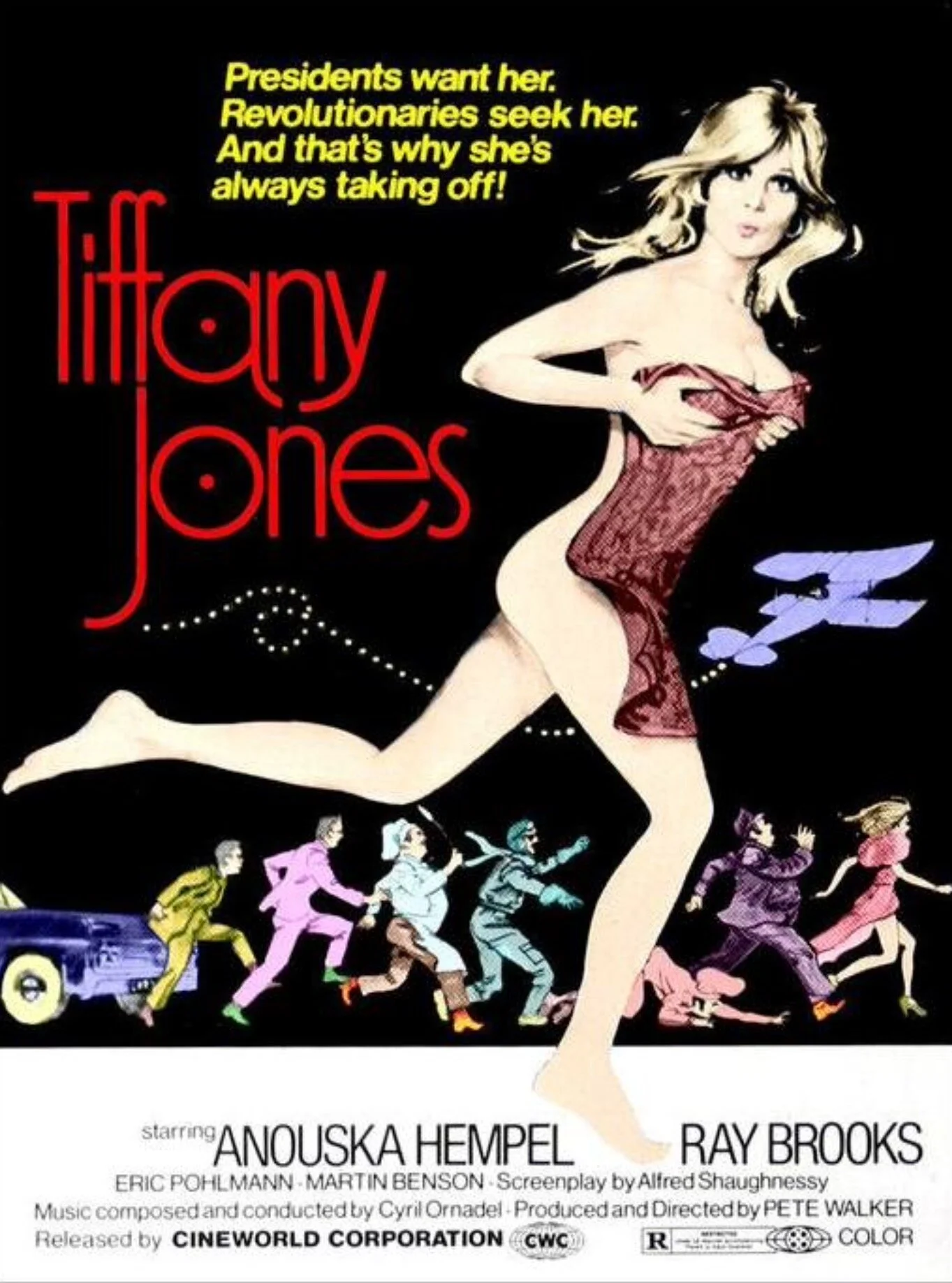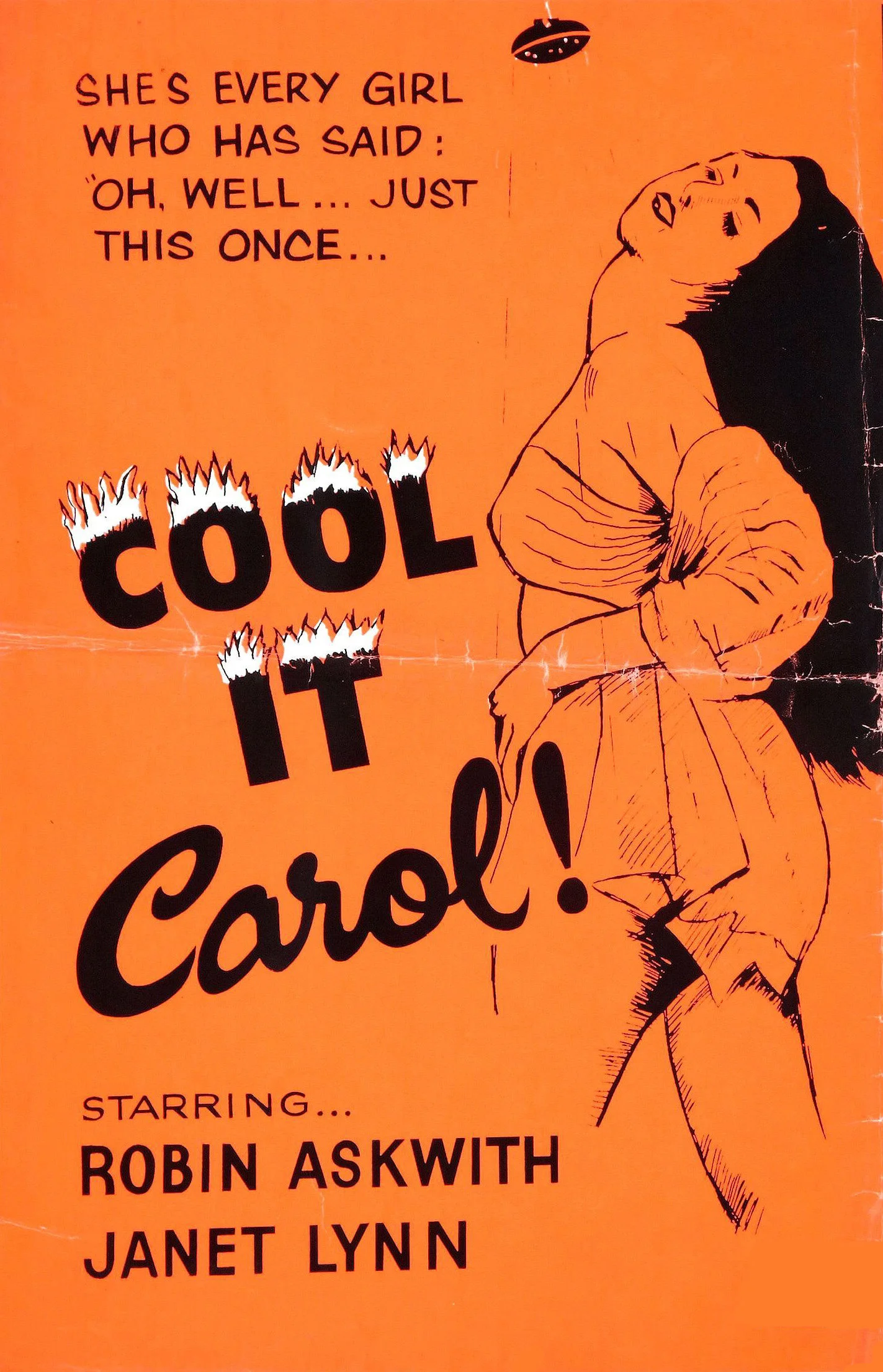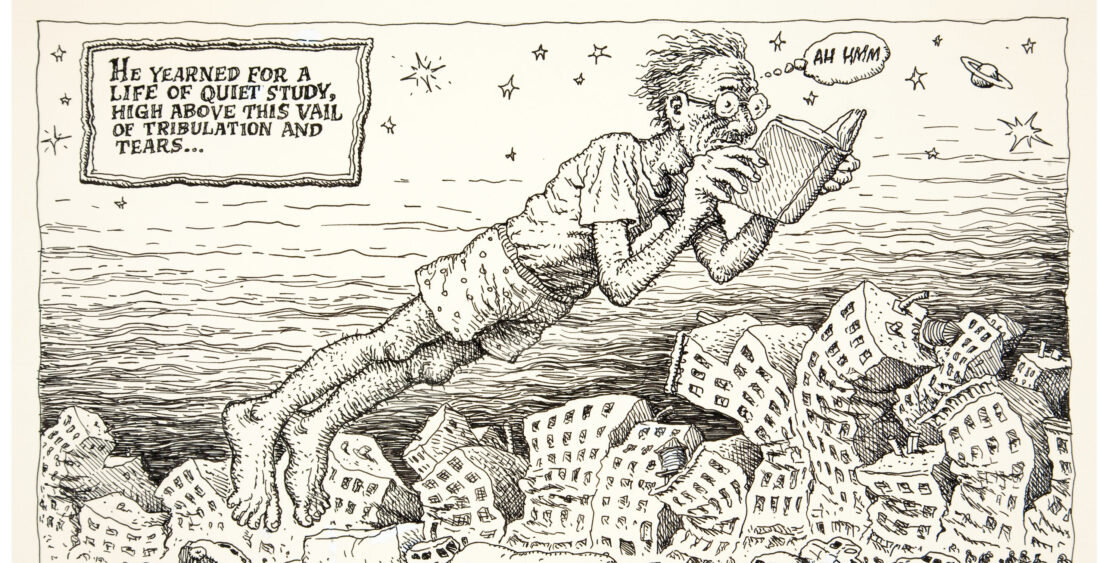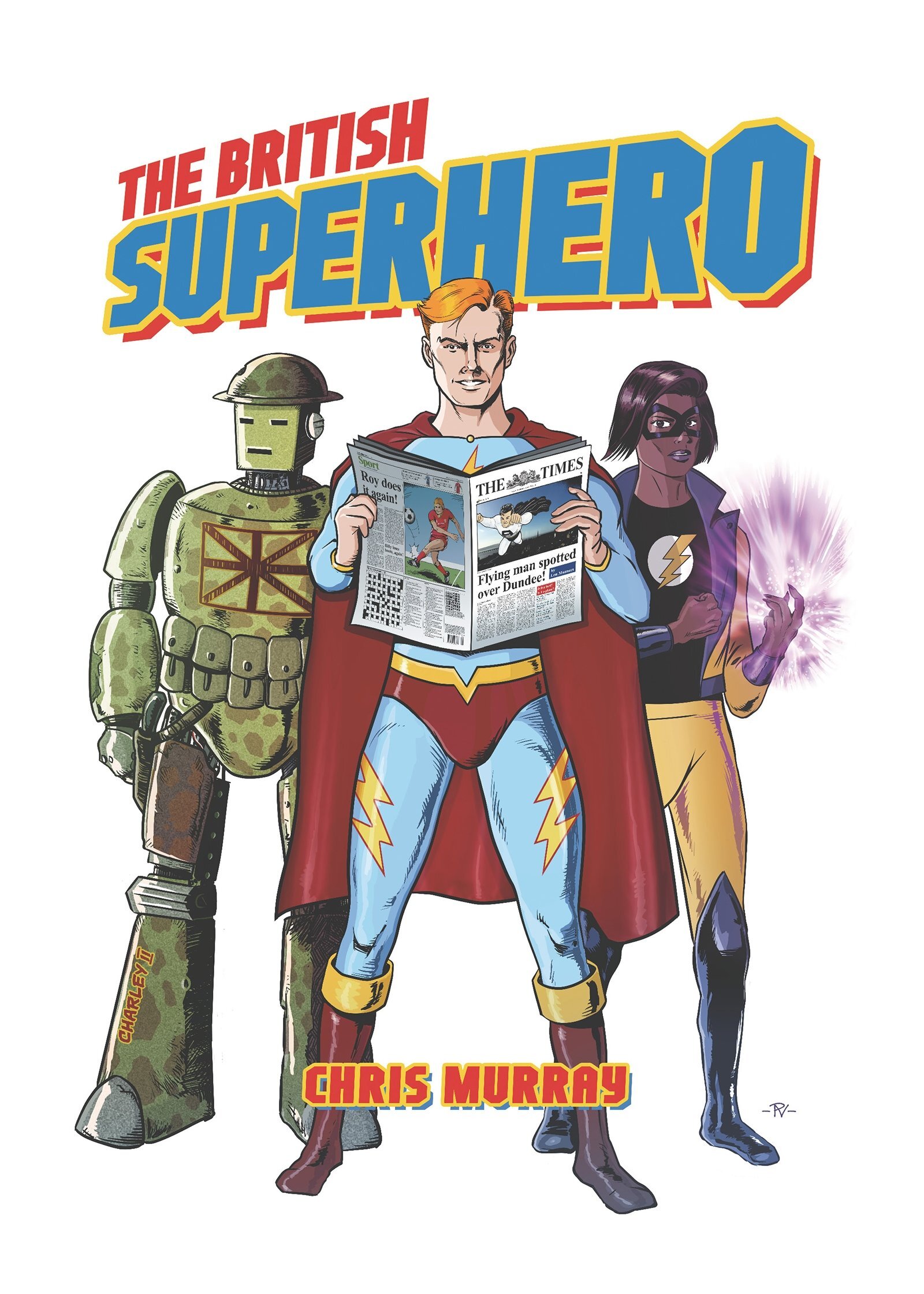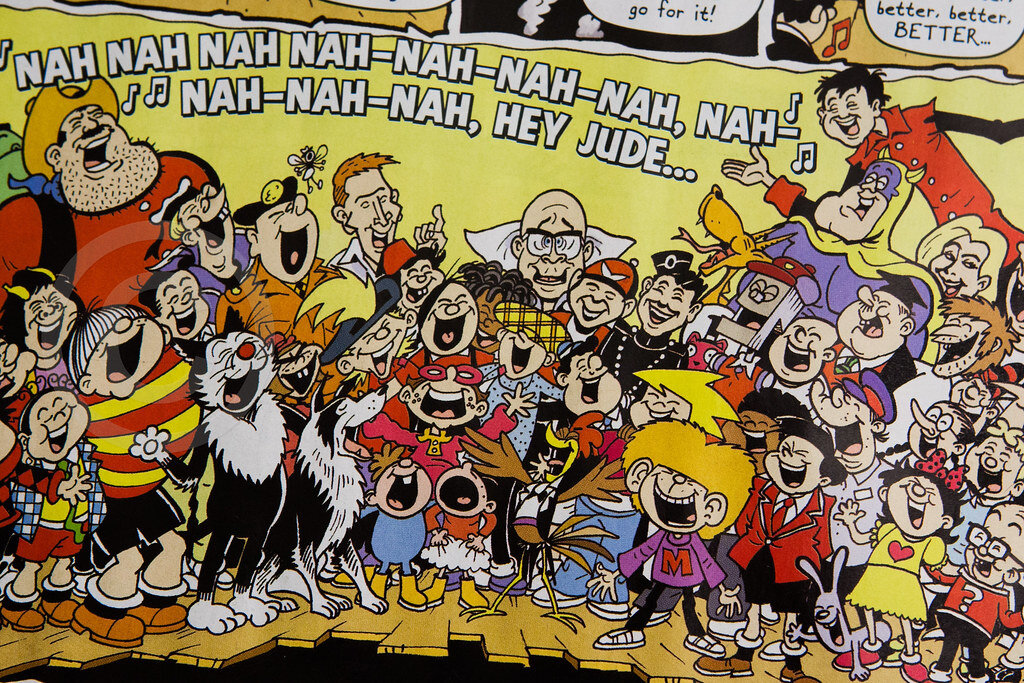Politics and Cumbia in Chile: Participatory Culture for Democracy (1 of 2) Felipe Valenzuela
/What is going on in Chile?
Chile has been in a state of civil unrest since the end of October of 2019. This situation, now generally referred to as “El Estallido” (The Explosion) is focused on a demand for dignity, autonomy and equality, which are elements that are present in other protest movements around the world such as Hong Kong, Catalonia and Lebanon. The Chilean Government Coalition has recently conceded to start a process that will create a new Constitution, replacing the one currently in use, written during Augusto Pinochet’s dictatorship. This opens many challenges for the Chilean people. One of them has to do with finding new ways of social organization, outside traditional political parties and traditional democratic institutions, which are at an all-time low in trust of the population. Looking at the way that massively popular music bands serve as a hub for participatory communities that see politics and music as connected issues, might shed some light on the paths that can be followed to overcome this challenge. These already built social networks, if better understood, could be drawn upon to foster participation and enrich the democratic process for writing a new constitution, further demonstrating the power that participatory culture can have in relation with political activism.
Although much is still being debated about the meaning and reach of the ongoing protests that have shocked Chile, there is broad agreement that some of the common issues that fuel the social movements are inequality, abuses and unfair privileges. There appears to be a general complain against the individualistic, neoliberal structure and a call for the reconstruction of local-based communities.
source: www.elsiglo.cl
Political affiliation in Chile has been steadily decreasing since the end of the dictatorship, by the end of the 80’s. Currently, less than a quarter of the population claims to be identified with any party of the political system. In addition, trust in democratic institutions has plummeted in the last 5 years, after a series of corruption scandals. The President’s approval is around 6%, only 3% of the population trusts Congress and Political Parties approval is even lower, below the margin of error of the most reliable surveys. These are symptoms of an unhealthy democracy, where the political elite is seen as distanced from the people’s needs and the political system as a whole is perceived as being in the service of a small group of privileged people. In this context, existing active organisations such as fan communities, might play a crucial role in helping with the recovery of Chile’s debilitated democracy and facing the challenge of writing a new constitution.
Cumbia Fandom
The cumbia musical genre was originated in african slave communities in Colombia during the 17th century. Besides the strong African roots, it blends Native American and European influences. Nowadays it is massively popular all over Latin America, from Mexico to Chile. Traditionally, the content of cumbia songs have dealt with romance and love affairs, seldom addressing political issues directly. The Chilean band “Villa Cariño” is one of the most popular in the country, being known for their big and organized fan base. In addition, the leader of the band is highly active politically, having participated in electoral campaigns and including explicit political messages in his lyrics.
source: Locura Villana archive
Fan communities around new cumbia bands, call themselves hinchadas, taking the word that is used in football to describe a group of hinchas (fans). Despite the fact that most members of the hinchada “Locura Villana” are women, the community has embraced this symbolic repertoire from the football fandom, that is traditionally masculine, and explicitly worked to differentiate themselves from other fan communities, made particular emphasis on the traits that could be considered more emotional, feminine or related to the idea of groupies.
Rodrigo Urra, founder of the hinchada Locura Villana
How did your relation with Villa Cariño begin?
I have listened to the band for over 7 years now. And after going to many concerts, you start to see familiar faces. And those faces become acquaintances, and later friends. That is the genesis of our hinchada, Locura Villana, which we founded 2 years ago.
How is your relationship with other fan clubs of the band?
There are a couple more communities and we have had some troubles in the past, but we get along well. We don’t call ourselves fan club, though. We are not groupies (laughs).
What do you call yourselves, then?
We are an hinchada cumbiera, which is similar to what happens with football fans. Fanclubs consist of groupies that idolize the band members, and are constantly trying to take selfies with their idols, and are in some way in love with them. A hinchada cumbiera is not like that. We feel part of the band, but in the concerts we are not in the first line. We go to the cheaper seats, with flags and shirts, just like the supporters of a football team. We go to support the band during the concert so that they feel like they are playing as locals.
And you don’t have such an emotional bond with the band members, you are not ‘in love’ with them, as you say...
Yes, but nonetheless, we get together with the band every time we go to a concert. We support each other, we hug, we talk a lot. There is a strong bond between us and the members of the band.
How do you coordinate and communicate within the hinchada?
We mainly do it via Whatsapp. We don’t have formal leaders, although some of us are more active, or have been in the hinchada for longer and are, therefore, recognized by most of the group. People like Carlos Araya, Emily Llancafil, Karina Salinas and me are always involved and travelling across Chile to follow the band, but from the start we dismissed the idea of having a vertical hierarchy. So we inform via Whatsapp of the activities and people volunteer to take on different responsibilities.
Do you do other activities besides the ones that revolve around the band?
Sure. We have social activities that have to do with working with our local communities. We have worked repairing public spaces such as playgrounds or town squares, we also organize regular activities to help bring warm food to homeless people. We talk with the neighbors and transform some abandoned public place into playground and name them “Plaza Villa Cariño” or “Plaza Locura Villana”.
Has the recent social uprising changed your agenda of activities?
Well, we were marching long before the Estallido took place, to be honest. We would regularly march with the band, every Friday, in support of the organization of relatives of disappeared people by the dictatorship. We have participated in many of the main social protests of the last few years. This situation is, of course, bigger than anything we have seen before. So the hinchada has been put in service of the social movement, to help transmit information, help people and organize open talks to understand the situation and think about the writing of the new constitution.
Do you feel that your relationship with the band has changed?
Well, we see each other less, but we are as close as ever. There was a concert/party a couple of weeks ago to which Villa Cariño was invited. We discussed it in our group and decided not to participate, because of the serious violations to Human Rights that were happening in Chile, we thought that it would be inappropriate to organize a party. We got in touch with the band, told them our point of view, and the band decided to decline the invitation.
Felipe Valenzuela is a Chilean Journalist, currently studying a Master in Global Communication at USC. He was Associate Professor in the Universidad Católica de Chile and is currently researching how technology affects the media and political systems in Latin America, as well as the ways that different communities are adapting to these changes.




















